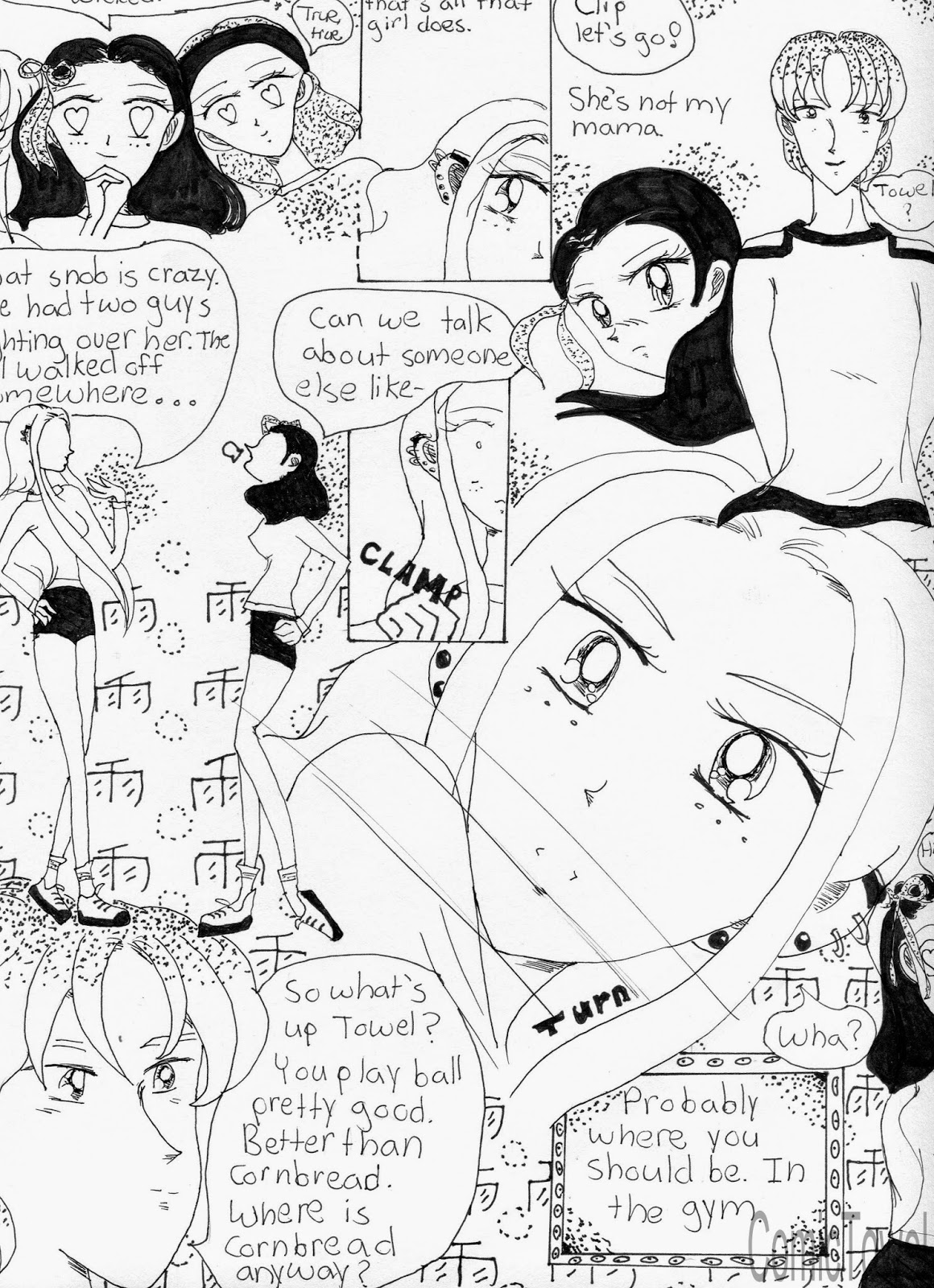So what could be the catalysis to this change within the country? Here’s where Giridharadas also assesses the cultural influences outside of, say, the caste system that once held a cord over India‘s public. Women and men of India are beginning to take control of their lives–their circumstances. And it’s complicated to do so, as the people of India give away many of their old cultural standards for something new, adventurous, and maybe even considered sinfully enticing. Giridharadas explores these changes through seven chapters where individuals he‘s spoken with, concerning the conceptualization of India Calling, share their stories. From fundamentalist, entrepreneurs, spiritual, and love-lost citizens, he categorizes his chapters between Dreams, Ambition, Pride, Anger, Love, and Freedom. And it’s here that I’m going to share quotes and pieces of each chapter to give you guys and idea as to how revealing I found India Calling.
DREAMS
"India was changing when I arrived, and it continued to change dramatically, viscerally, improbably. The freeze I had sensed as a child seemed to be thawing. It was partly the enormous physical churn: the quantities of earth being moved, the malls and office towers and gated communities being built, the restaurants opening, the factories pumping out cars, the blue jeans being sewn. It was the new verticality of the big cities, the slum dwellers in Bombay moving into towering apartments financed by New York investors, the mushrooming of village backwaters into congested satellite cities such as Gurgaon and Navi Mumbai and Electronics City. It was the villagers who have been moved off their land so that Tata Motors, the once-stagnant company where my father worked, whose lifeless culture had pushed him toward America, could built the world's cheapest car, priced at a little more than $2,000."





















